By AbdulShaheed Drew
Matthew Flinders is one of the most famous navigators in Australia’s history. He was the first to circumnavigate Australia and the first to compile an accurate map of Australia. He is also responsible for giving Australia its name. Yet, how many Australians are aware of his encounter with Muslims in Australian waters? One of the most fascinating accounts recorded in his journal, while mapping the northern coastline of Australia, was his encounter with a fleet of praus carrying Muslim crewman.
Flinders and his crew came across some people in canoes and noticed a number of larger vessels anchored. Earlier on his journey he saw evidence of visitors as he made his way past Caledon Bay. He earlier observed that guns or the sound of gunfire did not surprise the Aboriginals in this region. Flinders cautioned his crew for fear the vessels may belong to pirates. Yet, as they neared with fingers on triggers, the strangers produced white flags.
![[Depiction of Flinders’ Investigator encountering Makassan Praus (watercolour). Artist: AbdulShaheed Drew].](http://mirajnews.com/wp-content/uploads/2015/10/2-300x224.jpg)
[Depiction of Flinders’ Investigator encountering Makassan Praus (watercolour). Artist: AbdulShaheed Drew].
Also Read: Be Careful of the Trap of Deploying Peacekeeping Forces to Gaza
Flinders observed that: the Makassans arrived every year using the monsoon winds; they collecttrepang (sea cucumber, sea slug); they prepare it for exporting to Sulawesi where it is sold to Chinese merchants; there were one thousand Muslims working along the Australian coast that season from Sulawesi…

Pobassoo
[William Westall Sketch (rendered into colour)]" width="226" height="300" /> Pobassoo [William Westall Sketch (rendered into colour)]The collection of trepang to trade with the Chinese is considered Australia’s first industry. Documented evidence clearly places the existence of this industry somewhere in the 1700s. There are strong arguments to suggest that this industry existed in the 1600s. Such details will be explained in a future publication in sha Allah.
AbdulShaheed’s current project is to compile a large illustrated coffee table book that covers, ‘The Muslim Story in Australia’s History.’
Also Read: The Forty-Four-Days of Glory: Azerbaijan’s Struggle for Justice and Peace
Email: [email protected]
References -Matthew Flinders’ Great Adventures in the Circumnavigation of Australia: Terra Australis, Edited and Introduced by Tim Flannery, The Text Publishing Co. Melbourne 2000.
(P007/R03)
-Matthew Flinders’ Handwritten Journal Vol II.
Also Read: Palestine Solidarity Month: A Collective Movement for Al-Aqsa and Palestine’s Freedom
Mi’raj Islamic News Agency (MINA)
Taken from: Islam in Australia
Also Read: Hassan al-Turabi: A Controversial Thinker from Sudan








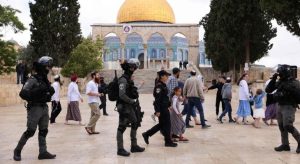


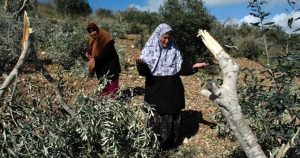
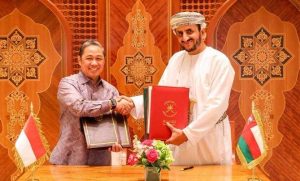



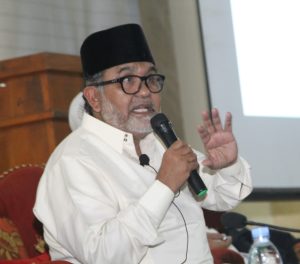
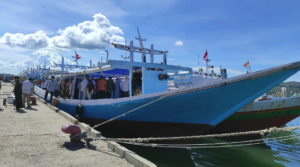
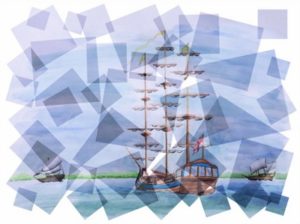
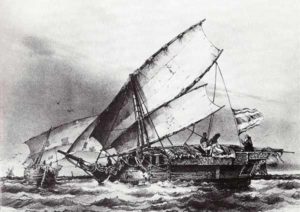













 Mina Indonesia
Mina Indonesia Mina Arabic
Mina Arabic